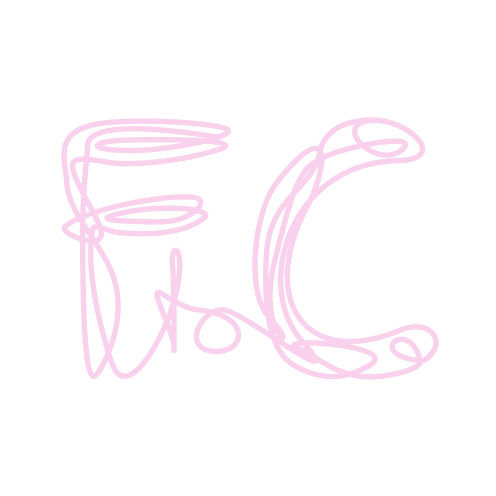Cochineal
Cochineal is a dye produced by insects living on the nopal or cochineal cactus. When large enough, the insects are killed. To obtain the carmine dye, they are then dried and crushed. It takes two to three years before the plants produce enough sap for the cochineals to be placed on the cacti.
By 1817 governor Kikkert saw the economic possibilities of the cochineal culture, since the cacti grew on the island. But how to obtain the insects? It took until 1837 before the first cochineals arrived. Unfortunately, it soon appeared that the local plants weren’t suitable for the cochineal culture, so cochineal plants had to be imported as well.
Plantation owners showed little interest in this culture because they shied at the investments, which wouldn’t yield a return before the third year. Then Cornelis Sprock arrived on the island with the intention of starting a cochineal farm. To that end he bought the Cas Cora plantation in 1844. At that time, the government also planted two plantations with cochineal, and they did well. Gradually, more (private) plantations followed: Savonet, Siberie, St. Sebastian and Brievengat, also owned by Sprock.
In 1848, there were 247 acres of cochineal plants all over the island, but the bumper crops of 1847 and 1848 did not continue. It subsequently appeared that the abundant rains of 1847 and 1848 were responsible for the successful culture in those years.
In addition to the much drier following years, the price of cochineal reached an all-time low in 1849. Quite soon the government then withdrew from the cochineal culture, with the (temporary) exception of one plantation. Private plantation owners also abandoned the production of cochineal. From the 1860s onward, there were no more cochineal plantations on the island.
Cas Cora, where once the cochineal industry started, is now an ecological farm and restaurant. It is also the spot where ‘Farm to Crafts’ explores the revival of the cultivation of raw materials that can be used for local crafts.

